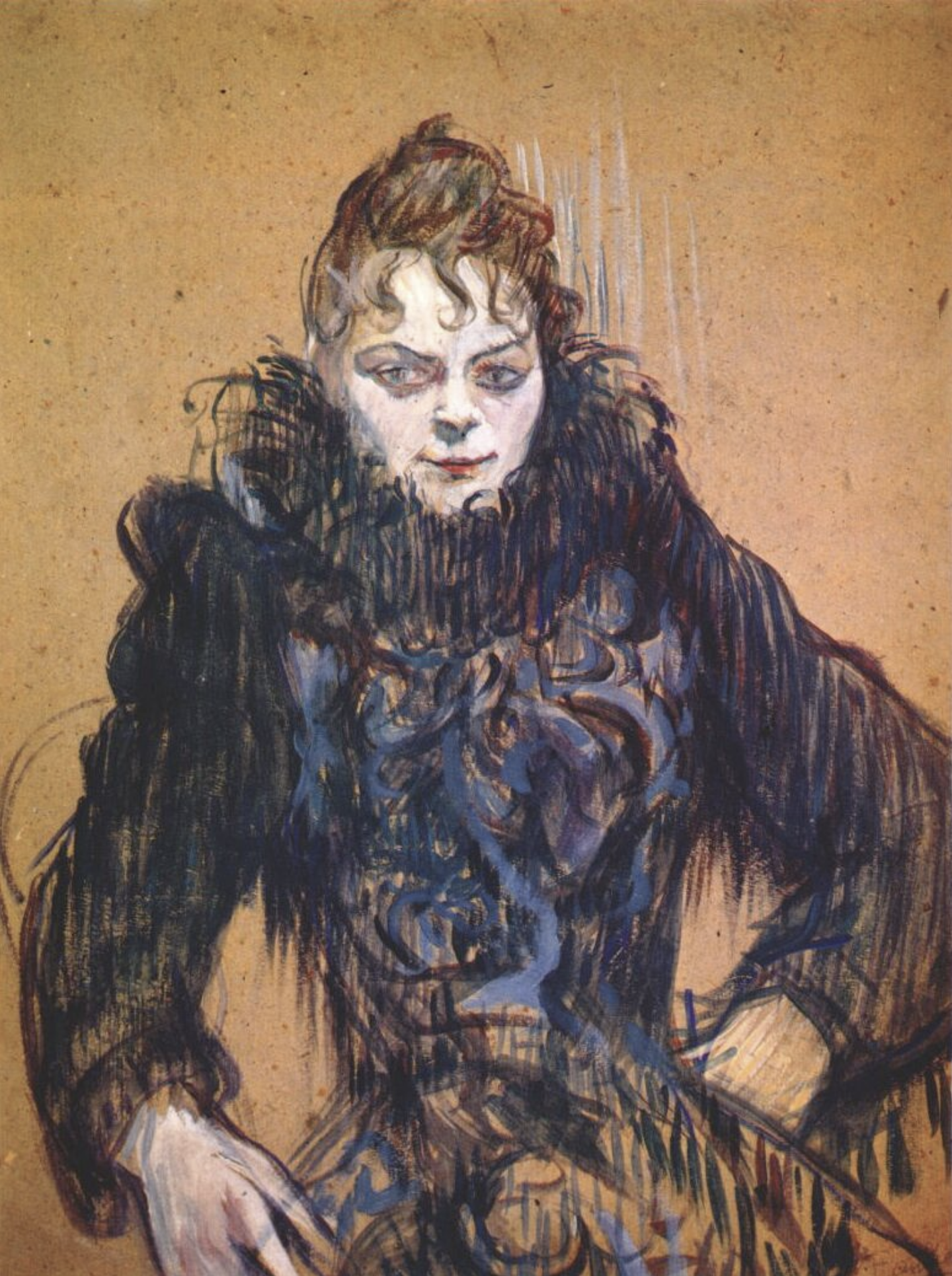Impressionists on Paper: It’s Not What One Sees, But What One Can Make Others See
Edgar Degas. (Lyda (Woman with the spyglass)). 1869 · Gouache
I recently attended an exhibition of works on paper by Impressionist and Post-Impressionist artists. (The Royal Academy, London until 10 March)
The show features drawings, pastels, watercolours, temperas and gouaches from the likes of Degas, Cézanne, Morisot and Van Gogh. And it looks at how these late nineteenth century revolutionaries changed the way we regard such work.
Traditionally subjects for French art were taken from literature, history, myth or religion, themes approved by the official Salon – an institution that sought to control practices and standards. Drawings were considered part of the process of training, preparatory studies to be left in the studio.
The Impressionists, by contrast, were interested in contemporary affairs; in light, colour and atmosphere. They took their inspiration from nature, the city and modern life; from careful observation of real people. And they recognised that works on paper had their own particular creative merits.
Employing new colours and portable paint materials, they adopted unusual viewpoints and recorded their direct spontaneous responses, with quick, light, economical touches and flourishes. Sometimes they deliberately left an image unfinished.
‘You will see that they are trying to create from scratch a wholly modern art, an art imbued with our surroundings, our sentiments, and the things of our age.’
Edmond Duranty, novelist and critic, 1876
Henri de Toulouse-Lautrec. Woman with a black feather boa c1892
At the exhibition we visit the market stall, the café and the pawn bank; the theatre, the race track and the circus. We take a trip to the seaside, wander down to the riverbank and join the apple harvest. We ride with Giuseppe de Nittis in his rented carriage, a tactic he adopted to capture fleeting impressions of Paris on the move.
We also meet a vivid cast of characters. Toulouse-Lautrec presents a glamorous young woman with a black boa and formidable stare. Degas introduces us to a lady in a formal silk dress who regards us through a pair of binoculars, a steadying hand on her elbow; and to a matron sitting at the window, lost in thought, only half there.
There is a spirit of liberation and experimentation about this work. Degas tried drawing on coloured paper. On a mint green sheet he sketched a dancer with her hands behind her head as she stretches and yawns. On pink paper he outlined a ballerina bending over with her back to us - reduced to a light cloud of tulle floating over a pair of stockinged legs.
Edgar Degas, Dancer Seen from Behind
For the first time, works on paper were exhibited and sold, and became the subject of critical reviews and art publications.
‘Watercolour has a spontaneity, a freshness, a spicy brilliance inaccessible to oil… and pastel has a bloom, a velvety smoothness, like a delicate freedom or a dying grace, that neither watercolour nor oil can touch.’
Joris-Karl Hoysmans, novelist and critic, 1881
This exhibition is all about immediacy and intimacy. It shows how a relaxed and experimental approach to techniques and materials can convey freshness and vitality.
I found myself wondering whether we, in the world of commercial communication, have lost some of this freedom. Everything is so realistic and finished nowadays, so perfectly staged - even at concept phase. There seems little room for imagination.
It’s a shame. As Degas observed:
‘Drawing is not what one sees, but what one can make others see.’
'All I want to do is see you again.
Is that too much to ask for?
I just want to see your sweet smile,
Smile the way it was before.
Well, I'll try not to hold you and I'll try not to kiss you,
And I won't even touch you.
All I wanna do is see you,
Don't you know that it's true?’
Depeche Mode, 'See You’ (Martin Lee Gore)
No. 457


